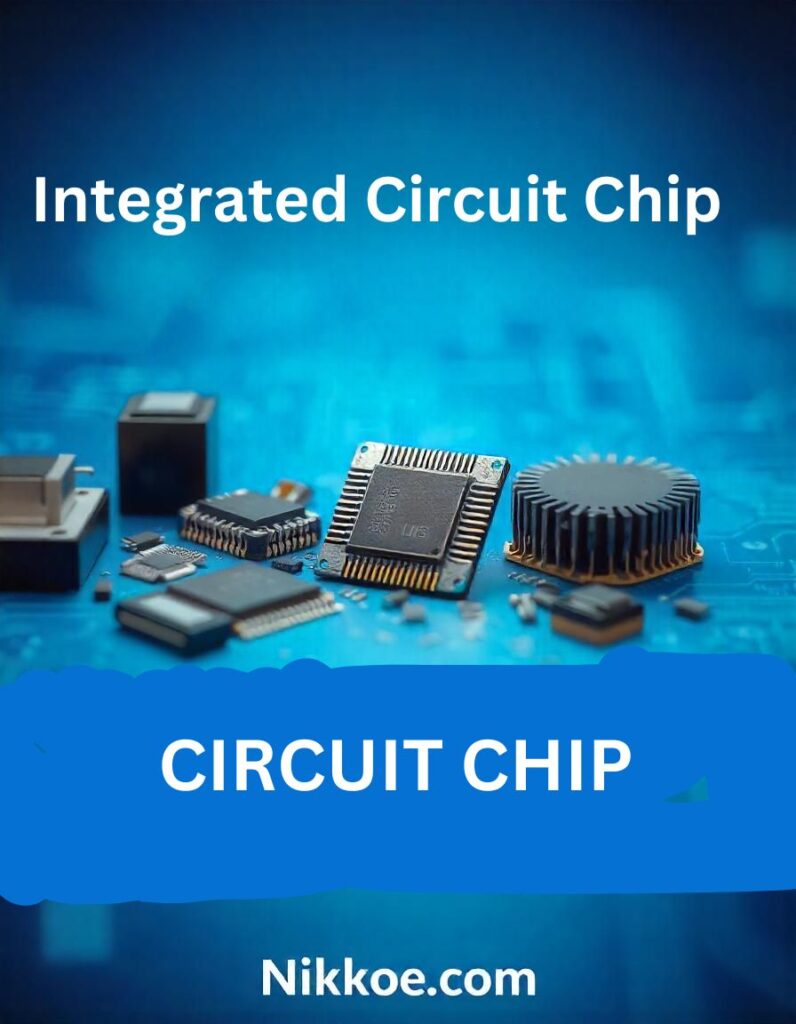MC33204PG Quad Rail-to-Rail Op Amp (DIP-14)
Operational amplifiers (op amps) are fundamental elements in analog electronics. They are used for signal amplification, filtering, buffering, and many other signal conditioning tasks. Among the diverse types of op amps, those with rail-to-rail input and output capability are especially attractive in low-voltage systems, where maximizing dynamic range is vital. The MC33204PG is a quad op amp (four amplifiers in one package) offering rail-to-rail input/output performance in a DIP-14 (through-hole) format. It is well suited for embedded, instrumentation, and low-power analog designs.
When distributed by a reputable specialist such as Nikko Electronics — a UK supplier operating since 1983 — designers can trust not only the performance of the part but also its authenticity, availability, and support.
Key Specifications & Features
The MC33204PG belongs to a family of rail-to-rail op amps. Key features and typical specifications include:
- Number of Amplifiers: 4 (quad)
- Supply Voltage Range: From about 1.8 V (single supply) up to 12 V (or ±0.9 V to ±6 V in dual-supply mode)
- Rail-to-Rail Input and Output: The inputs and outputs can swing close to both supply rails, maximizing usable voltage range
- Overdrive Tolerance: The inputs tolerate slight overdrive beyond the supply rails (typically up to ~200 mV) without phase reversal
- Output Swing: Even under load, the outputs can approach within a small offset of the supply rails (for example, within a few tens of millivolts)
- Gain Bandwidth Product (GBW): Approximately 2.2 MHz
- Slew Rate: On the order of 1 V/µs
- Output Current Drive: Around 80 mA per amplifier (suitable for moderate loads)
- Input Offset, Bias & Drift: Small offset voltages, low bias currents suitable for many analog tasks
- Operating Temperature Range: Industrial (e.g. –40 °C to +105 °C)
- Package: DIP-14 — convenient for prototyping, breadboarding, or through-hole circuit boards
This set of specifications positions the MC33204PG in the mid-performance general analog category, optimized for low-voltage or battery-powered circuits, sensor interfaces, and mixed-signal systems.
Internal Operation & Rail-to-Rail Behavior
Rail-to-Rail Input & Output
One of the primary selling points of the MC33204PG is its ability to handle input and output voltages close to the supply rails:
- The input stage is designed so that even when the input voltage is very near the positive or negative supply, the amplifier continues to behave predictably — without phase inversion or clipping — across most of that range.
- The output stage is designed so the amplifier can drive its output voltage nearly up to the supply rails, even under load, thus maximizing usable swing.
This makes the device especially useful in applications where voltage headroom is limited or where single-supply operation is required.
Overdrive Tolerance
The input stage typically allows slight overdriving (i.e. inputs going slightly beyond the supply rails) up to a small margin (e.g. ~200 mV) without generating undesirable behavior such as phase reversal. This provides robustness when real-world signals may creep outside nominal boundaries.
Output Drive
With the ability to drive on the order of 80 mA, the MC33204PG is more capable than many low-power op amps. It can directly drive modest loads (e.g. low-ohm resistors, buffers for ADCs, etc.), though designers should still be careful with very low impedance loads to avoid distortion or instability.
Applications & Use Cases
Because of its feature set, the MC33204PG is well suited to a variety of analog system roles:
- Battery-Powered and Portable Devices
In systems operating from low voltages (e.g. 3.3 V, 5 V, or less), maximizing dynamic range is key. Rail-to-rail I/O allows designers to utilize as much of the supply as possible for signal swings. - Sensor Signal Conditioning
Many sensors output signals close to supply rails or ground. Using rail-to-rail inputs ensures the amplifier can accurately measure near-boundary signals without distortion. - Buffer / Driver Stages for ADCs or DACs
When driving analog-to-digital converters or digital-to-analog converters, the amplifier may need to swing close to the rails to fully utilize converter range. MC33204PG is useful as a buffer or driver in such paths. - Audio / Low-Frequency Analog
For preamplifiers, filters, or line-level buffering in analog audio systems, this op amp offers sufficient bandwidth and low distortion, given appropriate operating conditions. - General-Purpose Analog Circuits
Summing amplifiers, active filters, integrators, and control loops are all viable uses, especially in mixed-signal or embedded systems where power supply constraints apply.
Design Considerations & Best Practices
To make effective use of the MC33204PG, designers should observe a few key guidelines:
Supply Decoupling
Place decoupling capacitors (e.g. a 0.1 µF ceramic plus a 10 µF electrolytic) close to the power pins to maintain stable supply rails and reduce noise or oscillation.
Loading and Output Limits
While the device can drive ~80 mA, very low impedance loads (e.g. < 100 Ω) may stress the output stage, causing distortion, heating, or even drive limitations.
Slew Rate & Bandwidth
With a slew rate of ~1 V/µs and GBW ~2.2 MHz, the MC33204PG is adequate for low to mid frequency analog tasks. It is not well suited for high-speed or RF amplifications. Designers should ensure the signal frequencies and amplitude ranges are within comfortable margins.
Thermal Considerations
Although not a high-power amplifier, when driving heavier loads or operating near supply boundaries, some power dissipation occurs. Good layout, thermal conduction, and board design help maintain temperature stability.
Input Overdrive & Protection
Though the amplifier handles modest overdrive, avoid large input voltages beyond supply rails. External clamping or protection circuits may be prudent in hostile environments or when transient voltages may occur.
Layout & Grounding
Minimize stray capacitances and inductances on input and output nodes. Use solid analog ground returns. Keep signal lines short and separate from high-current or noisy traces to preserve stability and reduce coupling.
Signal Integrity & Compensation
If cascaded or used in feedback loops, ensure compensation and feedback design maintain stability across the full input/output swing, especially near rails.
Why Choosing a Trusted Distributor Matters
Even the most capable component is only as reliable as its source. Working with a distributor with decades of experience, such as Nikko Electronics in the UK (since 1983), offers several advantages:
- Authenticity & Quality Assurance: Components are more likely to be genuine and properly tested.
- Supply Reliability: Longstanding suppliers tend to maintain inventory, reducing lead-time shortages.
- Technical Support: Experienced distributors can help with datasheets, cross-references, and design advice.
- Consistency & Traceability: Proper batch tracking and record-keeping ensure that components meet expected performance.
- One-Stop Sourcing: Designers often find complementary or replacement parts from the same trusted catalog, simplifying procurement.
When designing analog or mixed-signal circuitry, being confident in both the component’s performance and its provenance reduces development risk and enhances product reliability.
Summary & Conclusion
The MC33204PG quad rail-to-rail op amp (DIP-14) is a capable and versatile analog building block. With support for supply voltages from ~1.8 V to 12 V, rail-to-rail input and output swing, moderate output drive (~80 mA), and bandwidth suitable for many low- to mid-frequency applications, it is well suited for embedded systems, sensor interfaces, ADC/DAC drivers, and general analog circuitry.
While not intended for ultra-high-speed or RF tasks, its combination of features offers a solid balance for many everyday analog designs. With careful layout, supply decoupling, and load management, it performs reliably across a wide set of roles.
Sourcing the MC33204PG through a reliable distributor — one with a long track record such as Nikko Electronics in the UK — adds further confidence in authenticity, availability, and support. Engineers and designers benefit not only from the device’s capabilities but also from the stability and trust provided by decades of dependable distribution service.



